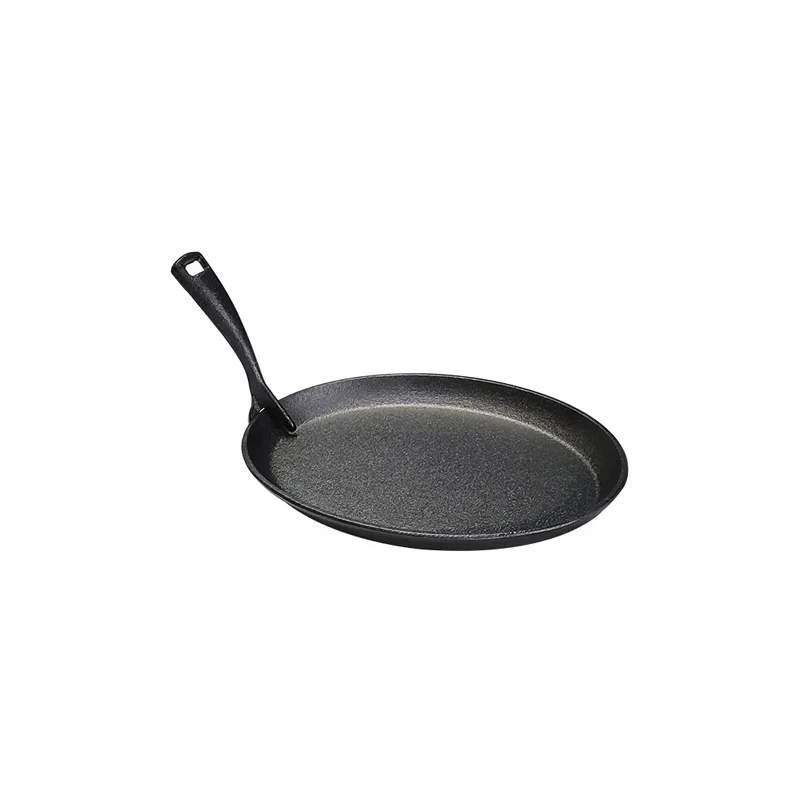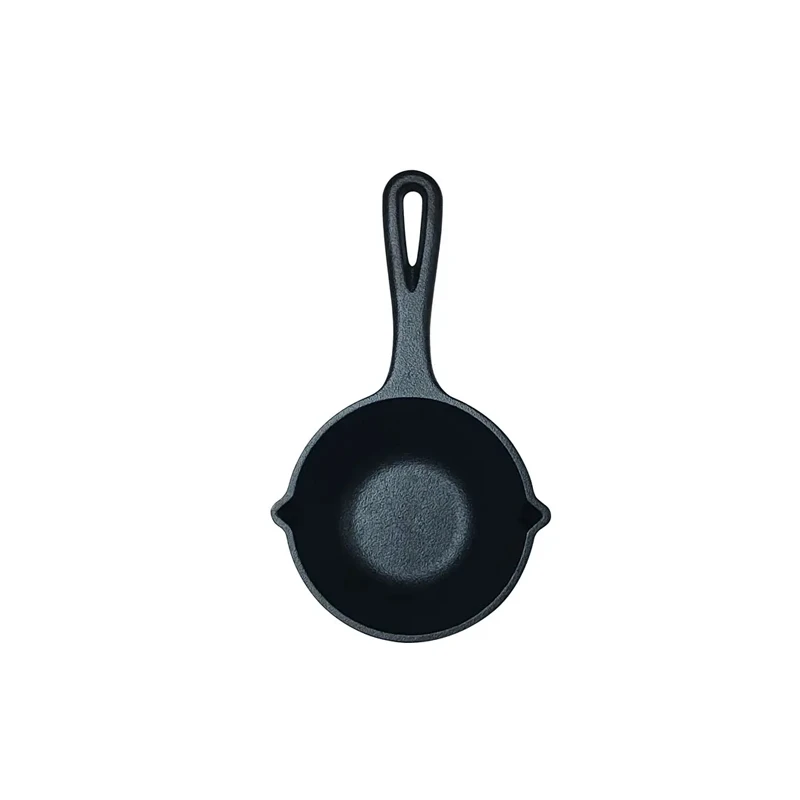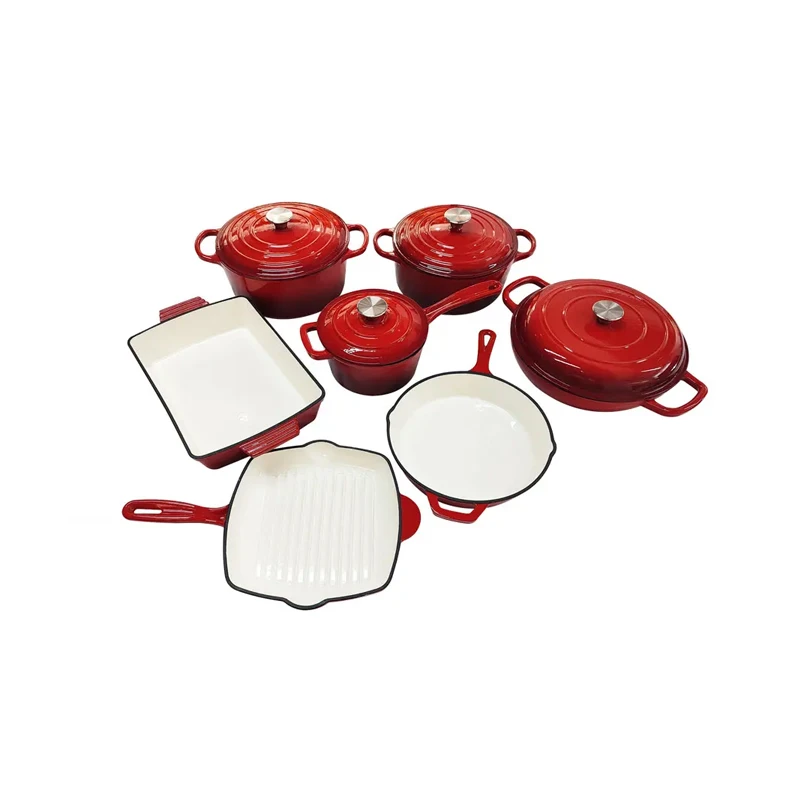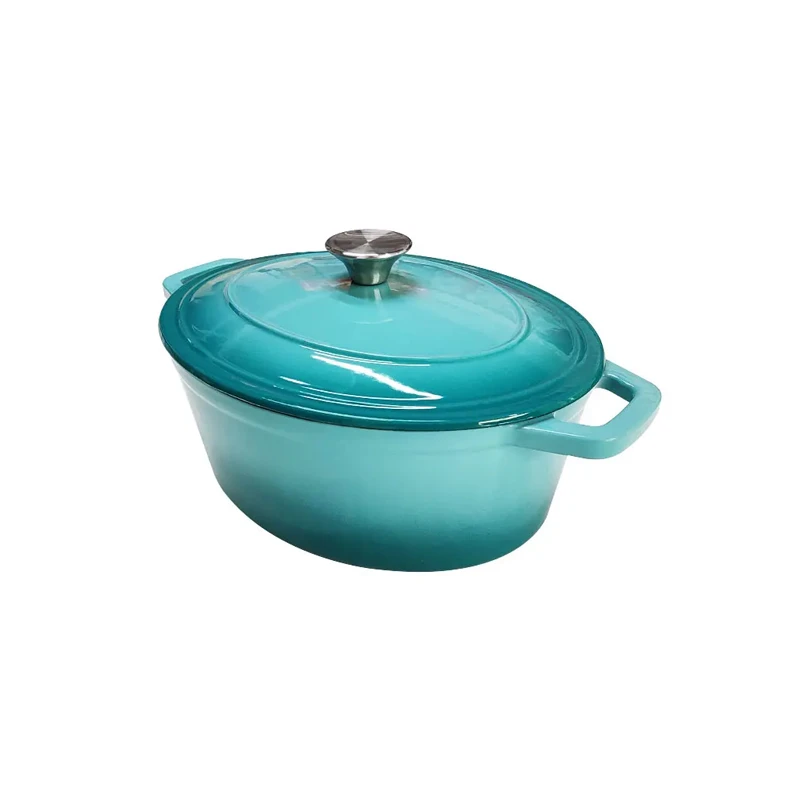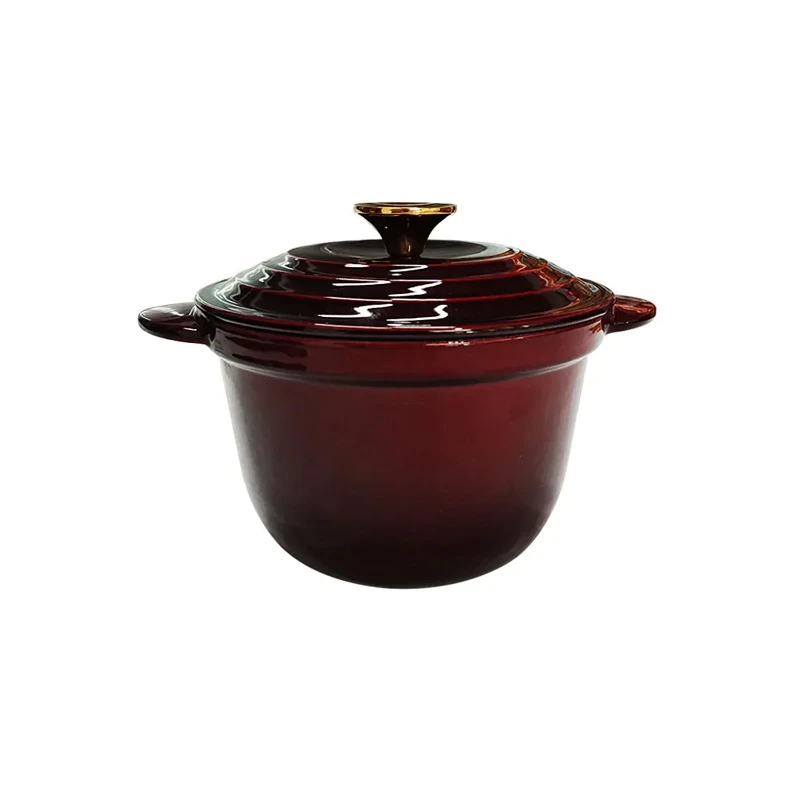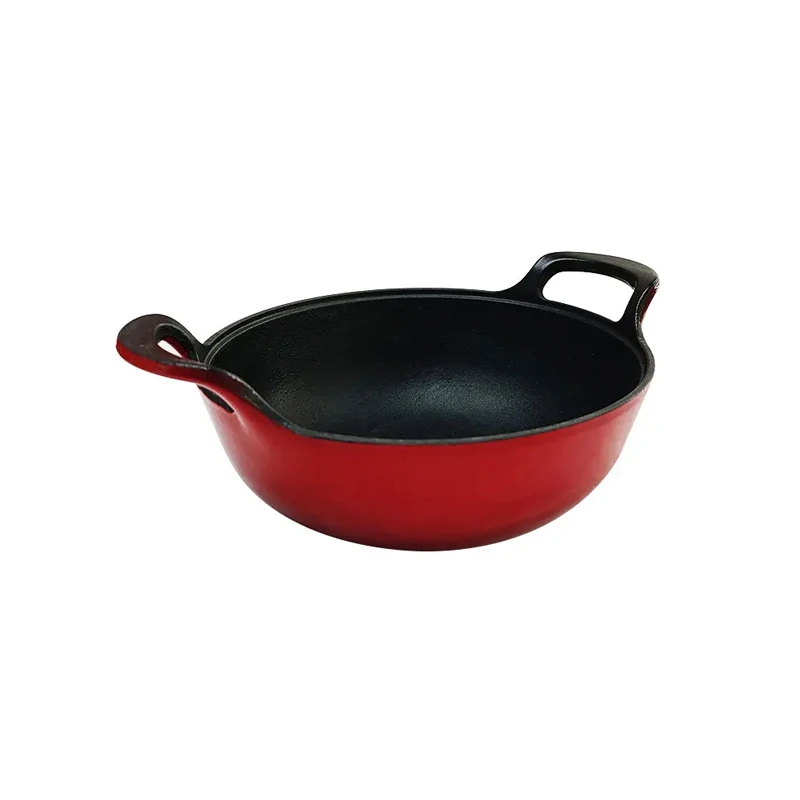- Afrikaans
- Albanian
- Amharic
- Arabic
- Armenian
- Azerbaijani
- Basque
- Belarusian
- Bengali
- Bosnian
- Bulgarian
- Catalan
- Cebuano
- Corsican
- Croatian
- Czech
- Danish
- Dutch
- English
- Esperanto
- Estonian
- Finnish
- French
- Frisian
- Galician
- Georgian
- German
- Greek
- Gujarati
- Haitian Creole
- hausa
- hawaiian
- Hebrew
- Hindi
- Miao
- Hungarian
- Icelandic
- igbo
- Indonesian
- irish
- Italian
- Japanese
- Javanese
- Kannada
- kazakh
- Khmer
- Rwandese
- Korean
- Kurdish
- Kyrgyz
- Lao
- Latin
- Latvian
- Lithuanian
- Luxembourgish
- Macedonian
- Malgashi
- Malay
- Malayalam
- Maltese
- Maori
- Marathi
- Mongolian
- Myanmar
- Nepali
- Norwegian
- Norwegian
- Occitan
- Pashto
- Persian
- Polish
- Portuguese
- Punjabi
- Romanian
- Russian
- Samoan
- Scottish Gaelic
- Serbian
- Sesotho
- Shona
- Sindhi
- Sinhala
- Slovak
- Slovenian
- Somali
- Spanish
- Sundanese
- Swahili
- Swedish
- Tagalog
- Tajik
- Tamil
- Tatar
- Telugu
- Thai
- Turkish
- Turkmen
- Ukrainian
- Urdu
- Uighur
- Uzbek
- Vietnamese
- Welsh
- Bantu
- Yiddish
- Yoruba
HEBEI DEBIEN TECHNOLOGY CO., LTD. was established in 2010 as a leading manufacturer specialized in the production of cast iron cookware in China.lt mainly produces seasoned and enameled cast iron casseroles, fry pan, pot, skillet,grills pan,wok,dutch oven, bakeware.etc.Our own factory is located in Shijiazhuang.Hebei provice and only about 300 km from Bejing and Tianjin,Xingang Port, enjaying rather convenient transportation.Our company boasts powerful technical force.The company covers an area of 30,000 squre meter, it has complete and most advanced production and inspection equipment and boasts high mechanization and automation degrees.The company has a ZZ416B automatic vertical parting-type box-free injection milding line, a 45T/h clay sand processing production line, an automatic casting machine, two feed-through shot blasting machines,two 3T/h cupola furnaces, two IF induction furnaces, and duplexing smelting.
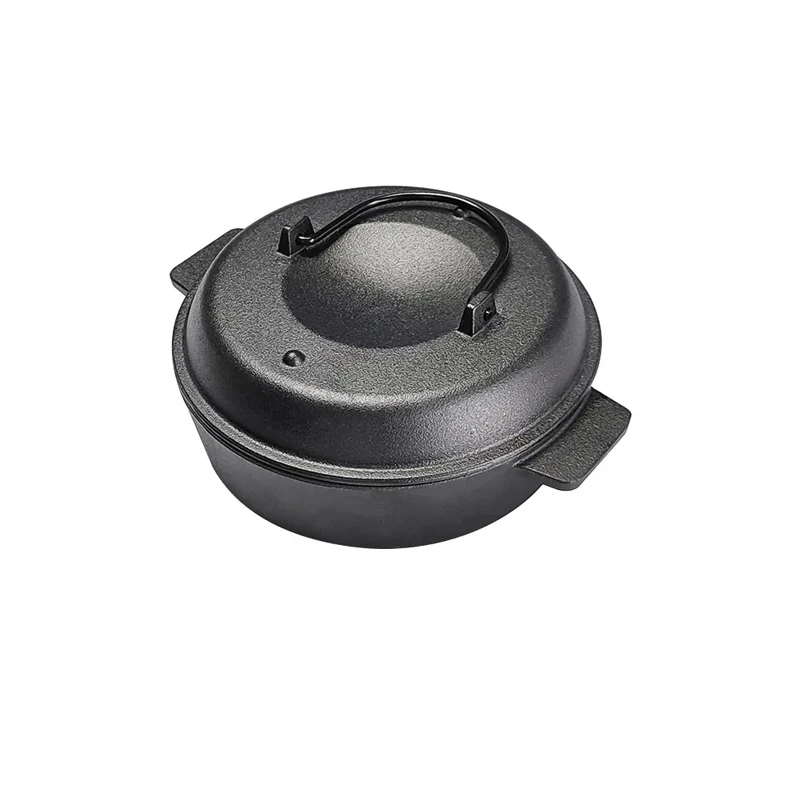
Cast Iron Casserole
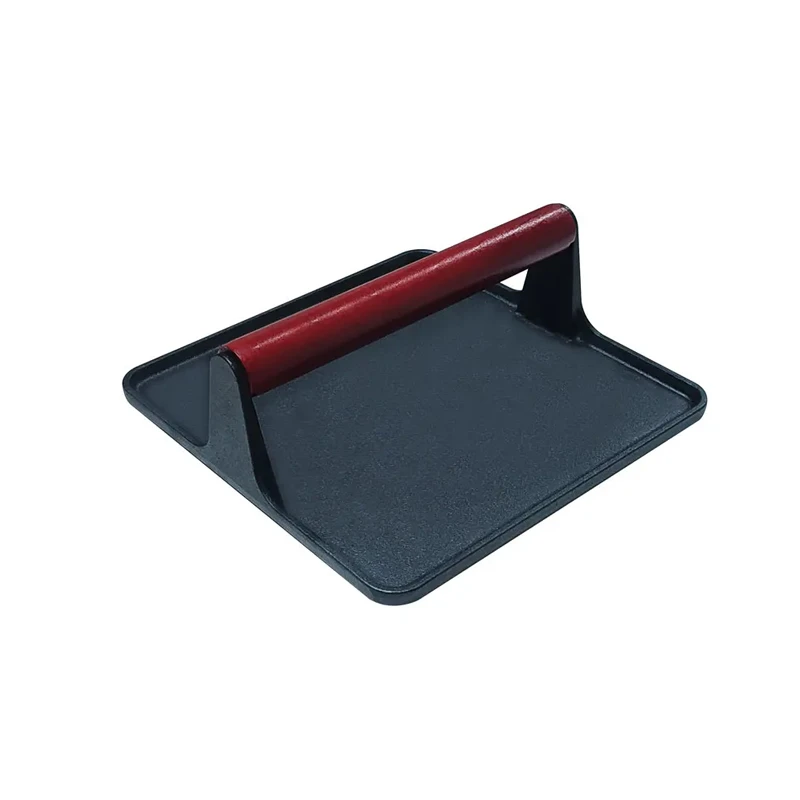
Cast Iron Grill
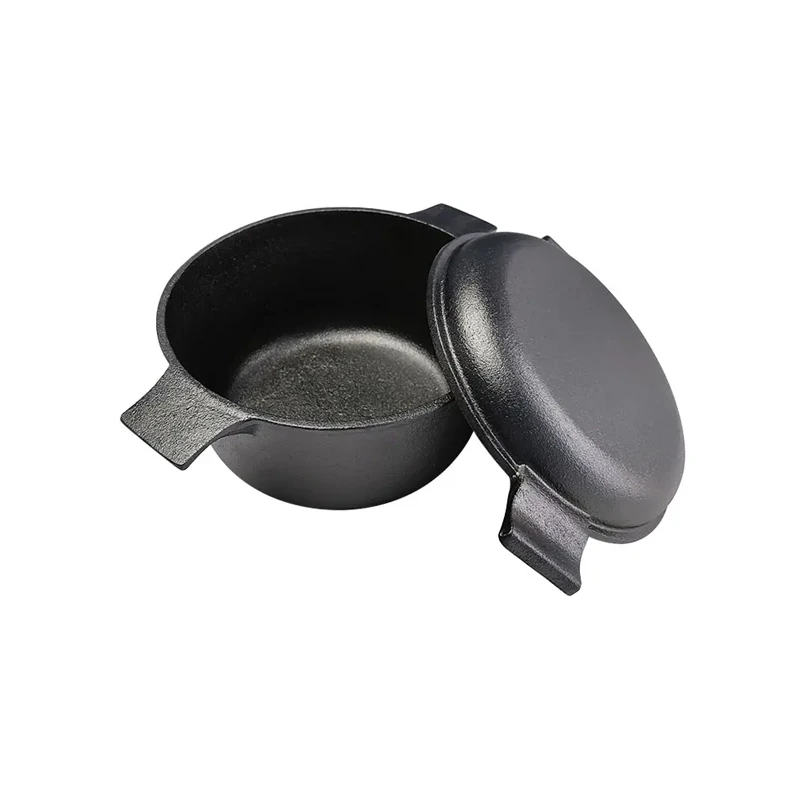
Cast Iron Mini Pot
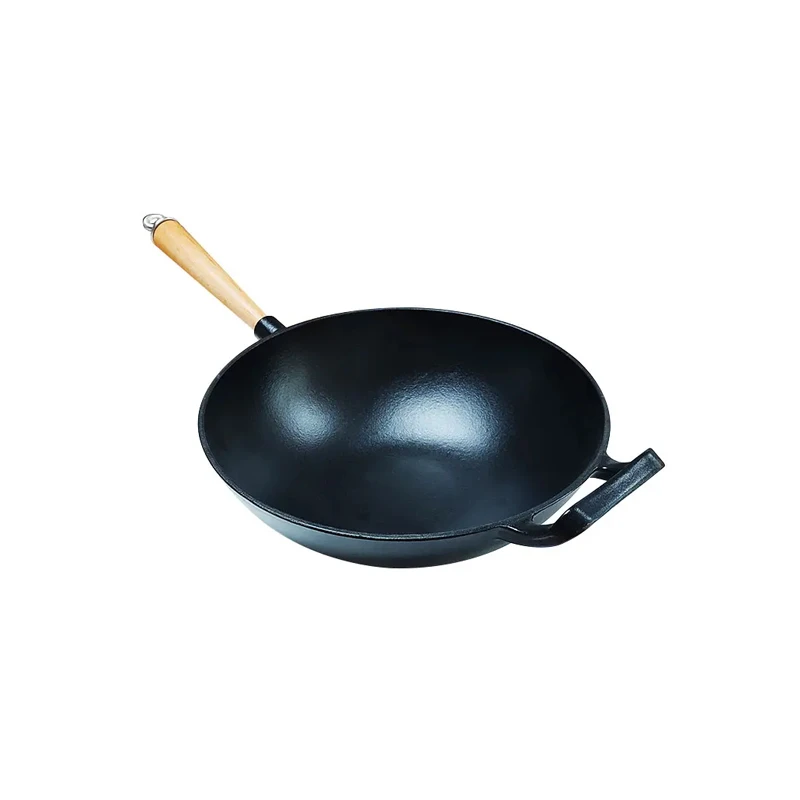
Cast Iron Wok
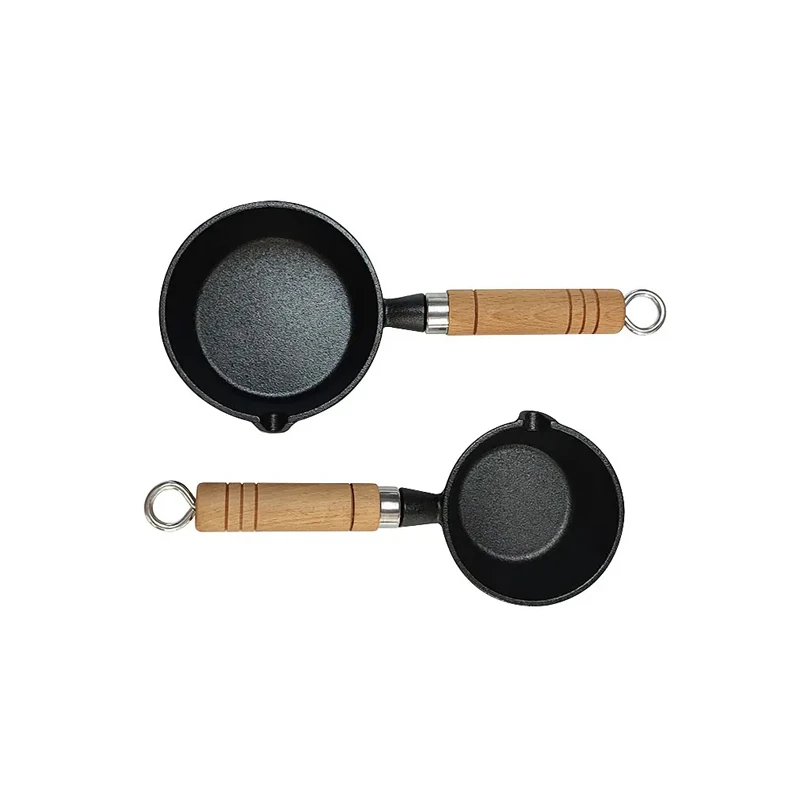
Cast Iron Milk Pan
Як користуватися чавунним вок-склянкою?
The cast iron wok is a cooking utensil that combines tradition and practicality, widely used in Chinese cooking, especially suitable for various cooking methods such as stir-frying, deep-frying and stewing. Before use, the wok needs to be boiled first. That is, after cleaning the wok body thoroughly, apply vegetable oil evenly to the surface of the wok and heat it over low heat for several minutes to allow the oil to penetrate the iron surface layer and form a natural non-stick protective layer. During use, sudden temperature changes should be avoided to prevent deformation or cracking of the pot body. When stir-frying, it is recommended to use a wooden or bamboo spatula to avoid scratching the surface of the pan and affecting its service life. After each use, it should be cleaned immediately and dried thoroughly. A thin layer of oil can be applied to prevent rust and extend the service life.
Переваги чавунного воку очевидні. По-перше, він має чудові характеристики акумулювання та теплопровідності, здатний рівномірно проводити тепло та підтримувати стабільно високу температуру. Він чудово підходить для швидкого смаження по-китайськи, гарантуючи, що інгредієнти хрусткі зовні та ніжні всередині, з ідеальним поєднанням кольору, аромату та смаку. По-друге, чавун не має природного покриття та не містить шкідливих хімічних речовин, що робить його здоровішим та екологічнішим у використанні. З часом використання на поверхні каструлі поступово утворюється природний антипригарний шар, що робить її використання все більш зручним. По-друге, чавунний посуд міцний та довговічний. За правильного використання його можна передавати з покоління в покоління протягом десятиліть і навіть стати сімейною реліквією. Чавунний вок має широкий спектр застосування. Його можна використовувати не лише на відкритому вогні, але й на індукційних плитах та електричних керамічних плитах, що робить його дуже практичним.
Чавунні каструлі також можуть виділяти слідові кількості заліза під час процесу приготування, що допомагає задовольнити потреби організму та корисно для здоров'я. Конструкція товстого корпусу також сприяє стабільності, зменшує тряску під час приготування та робить роботу безпечнішою. На завершення, чавунний вок поєднує в собі довговічність, здоров'я та смак, що робить його ідеальним вибором для сімейних кухонь, які прагнуть традиційних смаків та високої якості життя.
Який найкорисніший посуд для приготування їжі?
Коли справа доходить до вибору найздоровішого посуду, ключовими є безпека, довговічність та нетоксичні матеріали. Найздоровіший посуд – це той, який не виділяє шкідливих хімічних речовин або металів у їжу під час приготування. Ось деякі найкращі варіанти:
Нержавіюча сталь – один із найпопулярніших та найнадійніших варіантів для здорового приготування їжі. Вона не реагує з кислими або лужними продуктами. Шукайте високоякісну нержавіючу сталь з алюмінієвим або мідним осердям для рівномірного розподілу тепла.
Чавунний посуд, який за умови правильного приготування має натуральне антипригарне покриття, додає невелику кількість заліза до вашої їжі, що може бути корисним для людей із дефіцитом заліза. Він не містить синтетичних покриттів і надзвичайно міцний, часто служить поколіннями.
Чисто керамічний посуд (без керамічного покриття) виготовлений з натуральних матеріалів і не містить важких металів, PTFE та PFOA. Він ідеально підходить для повільного приготування їжі та добре зберігає тепло. Однак він може бути крихким і потребує обережного поводження.
Скло — це нетоксичний та інертний матеріал, який не виділяє жодних хімічних речовин. Він ідеально підходить для випічки та використання в мікрохвильовій печі. Хоча він не підходить для приготування їжі на плиті, це безпечний та прозорий варіант для контролю вашої їжі.
Титановий посуд легкий, стійкий до корозії та не реагує. У поєднанні з керамічним або нержавіючим сталевим дном він забезпечує чудову продуктивність приготування їжі без виділення токсинів.
Для найздоровішого приготування їжі уникайте посуду з тефлоновим або антипригарним покриттям, яке з часом може руйнуватися. Натомість обирайте такі матеріали, як нержавіюча сталь, чавун, чиста кераміка та скло. Ці матеріали не тільки безпечні та не містять токсинів, але й довговічні та екологічно чисті — розумна інвестиція у вашу кухню та ваше здоров’я.












